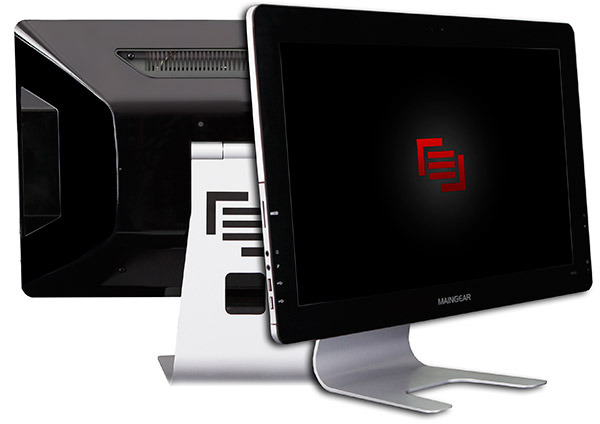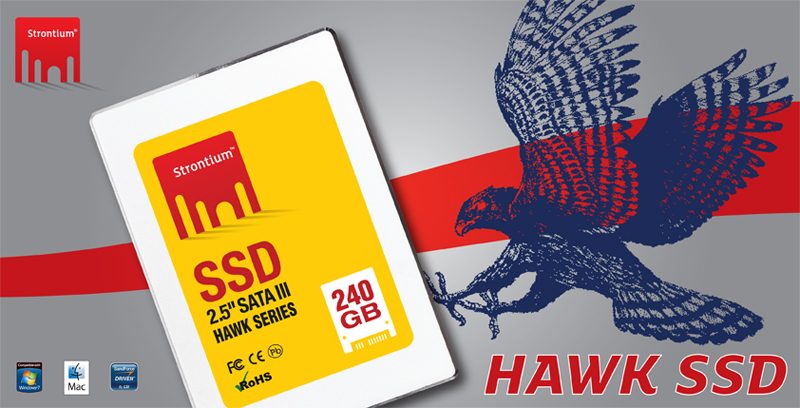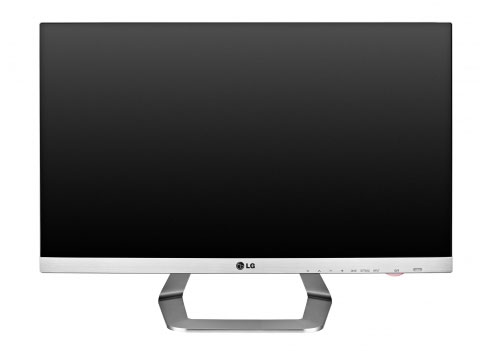 Fancy a wickedly wide 21:9 aspect ratio LCD that's more than a touch larger than what you'll find on that unique Toshiba Ultrabook? It looks like LG's got you covered, with its 29-inch EA93. We spotted a half dozen of the ultra-wide IPS displays during a preview of the show floor at IFA, and were able to grab a few frames. You need to see this LCD in person to get a feel for just how wide it really is -- with a 29-inch diagonal panel that's incredibly short and squat, you'll be compromising quite a bit of desk real estate in order to add some horizontal pixels.
Fancy a wickedly wide 21:9 aspect ratio LCD that's more than a touch larger than what you'll find on that unique Toshiba Ultrabook? It looks like LG's got you covered, with its 29-inch EA93. We spotted a half dozen of the ultra-wide IPS displays during a preview of the show floor at IFA, and were able to grab a few frames. You need to see this LCD in person to get a feel for just how wide it really is -- with a 29-inch diagonal panel that's incredibly short and squat, you'll be compromising quite a bit of desk real estate in order to add some horizontal pixels.
From booth materials, it seems that LG is promoting this product as a multitasking solution -- the format is well-suited as a replacement for dual-monitor rigs, letting you view several windows at once without adjusting your eyes vertically. We already had a solid grasp on the EA93's specs, which include a 2,560 x 1,080-pixel panel, a four-way split screen feature and plenty of inputs, including two HDMI ports, DVI Dual Link and DisplayPort, though the product placard also revealed USB 3.0 connectivity and 7-watt stereo speakers. Pricing has yet to be confirmed, but if you're prepared to add such a device at any cost, we'd suggest clearing some desk space now -- these are set to ship in November.
[Source: Engadget]











